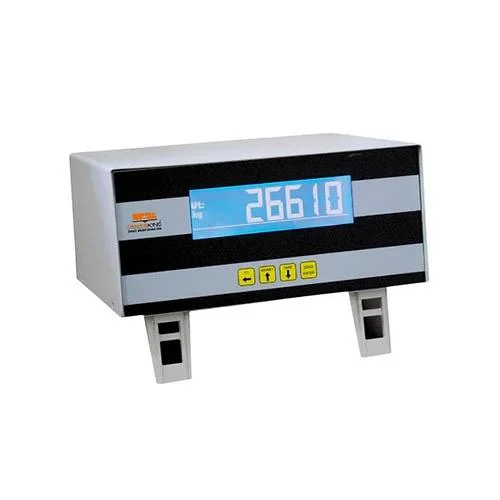How Seasonal Changes Affect Weighbridge Accuracy?
- Kanta King

- Oct 28
- 3 min read
Weighbridges, the heavy-duty scales used to measure vehicles and their loads, are crucial for industries ranging from logistics and mining to agriculture and construction. Their role is straightforward: provide accurate weight readings to ensure proper billing, compliance, and operational efficiency. But what happens when the seasons change? Surprisingly, the accuracy of a weighbridge is not just about calibration and maintenance—it’s also influenced by environmental factors that shift with the seasons.

The Subtle Impact of Temperature
Temperature fluctuations are one of the most significant seasonal factors affecting weighbridge performance. In summer, high temperatures can cause metal components in the weighbridge to expand slightly, altering the alignment of load cells and other sensitive components. Conversely, in winter, cold conditions can cause contraction. These tiny shifts may seem negligible, but in precision weighing, even a few kilograms off can result in significant discrepancies, especially in large-scale operations like mining or bulk transport.
Temperature changes can also affect the electronics inside the weighbridge. Most modern weighbridges use load cells that are temperature-sensitive. While they are designed to compensate for typical variations, extreme seasonal temperatures can push them beyond their optimal operating range, leading to drift in measurements.
Rain and Moisture: More Than Just Slippery Surfaces
Monsoon and rainy seasons bring another set of challenges. Excessive moisture can seep into the weighbridge structure, especially if there are small cracks or gaps. Water infiltration may cause corrosion in metal parts, affect the protective coatings of load cells, or even create short circuits in the electrical system. Over time, this reduces the accuracy and reliability of readings.
Additionally, heavy rainfall often softens the surrounding ground. If a weighbridge is pit-type and relies on stable ground support, soil movement can subtly tilt the platform, causing uneven distribution of weight and inconsistent measurements. Even small tilts can accumulate into significant errors when repeatedly weighing heavy trucks.
Humidity and Its Hidden Effects
High humidity, common in certain seasons, can also impact weighbridge accuracy. Moisture in the air may condense inside sensitive electronics, causing temporary malfunctions or signal interference. Rubber seals, gaskets, and protective coatings might degrade faster in humid conditions, exposing components to wear and tear. While the effects might not be immediately visible, over time, humidity can contribute to long-term drift in calibration.
Wind, Dust, and Seasonal Storms
Some seasonal weather conditions—like winter storms or summer dust storms—can affect weighbridge readings indirectly. Strong winds can shift lightly loaded vehicles slightly on the platform during weighing, causing momentary fluctuations. Dust accumulation on sensors or load cells can interfere with their response and even cause mechanical wear over time. Seasonal storms can also lead to power fluctuations, affecting the electronic weighing system.
Maintenance Strategies for Seasonal Challenges
Understanding the seasonal impact on weighbridges is half the battle; proactive maintenance is the other half. Here are some strategies to keep your weighbridge accurate year-round:
Regular Calibration: Increase the frequency of calibration during seasons with extreme temperatures or humidity to ensure measurements remain reliable.
Weatherproofing: Inspect seals, gaskets, and protective coatings before heavy rains or winter freezes. Upgrade where necessary.
Drainage Management: Ensure that water does not accumulate around the weighbridge pit to prevent soil softening and structural tilts.
Environmental Monitoring: Use temperature and humidity sensors to detect conditions that may affect load cell performance.
Scheduled Cleaning: Keep the weighbridge free from dust, debris, and standing water, especially after seasonal storms.
Conclusion
Weighbridges may appear as simple platforms, but they are highly sensitive instruments affected by subtle environmental changes. Seasonal variations in temperature, humidity, rain, and wind all play a role in their accuracy. Industries that rely on precise weighing cannot afford to ignore these factors. By understanding how the seasons affect weighbridge performance and implementing proactive maintenance strategies, businesses can protect the integrity of their operations, avoid financial discrepancies, and ensure safety and compliance.
After all, a weighbridge doesn’t just measure weight—it measures the reliability of your entire logistical operation, season after season.
KANTA KING
Website: https://www.kantaking.com/
Contact Us: +91.9560915555
Email: info@kantaking.com




Comments